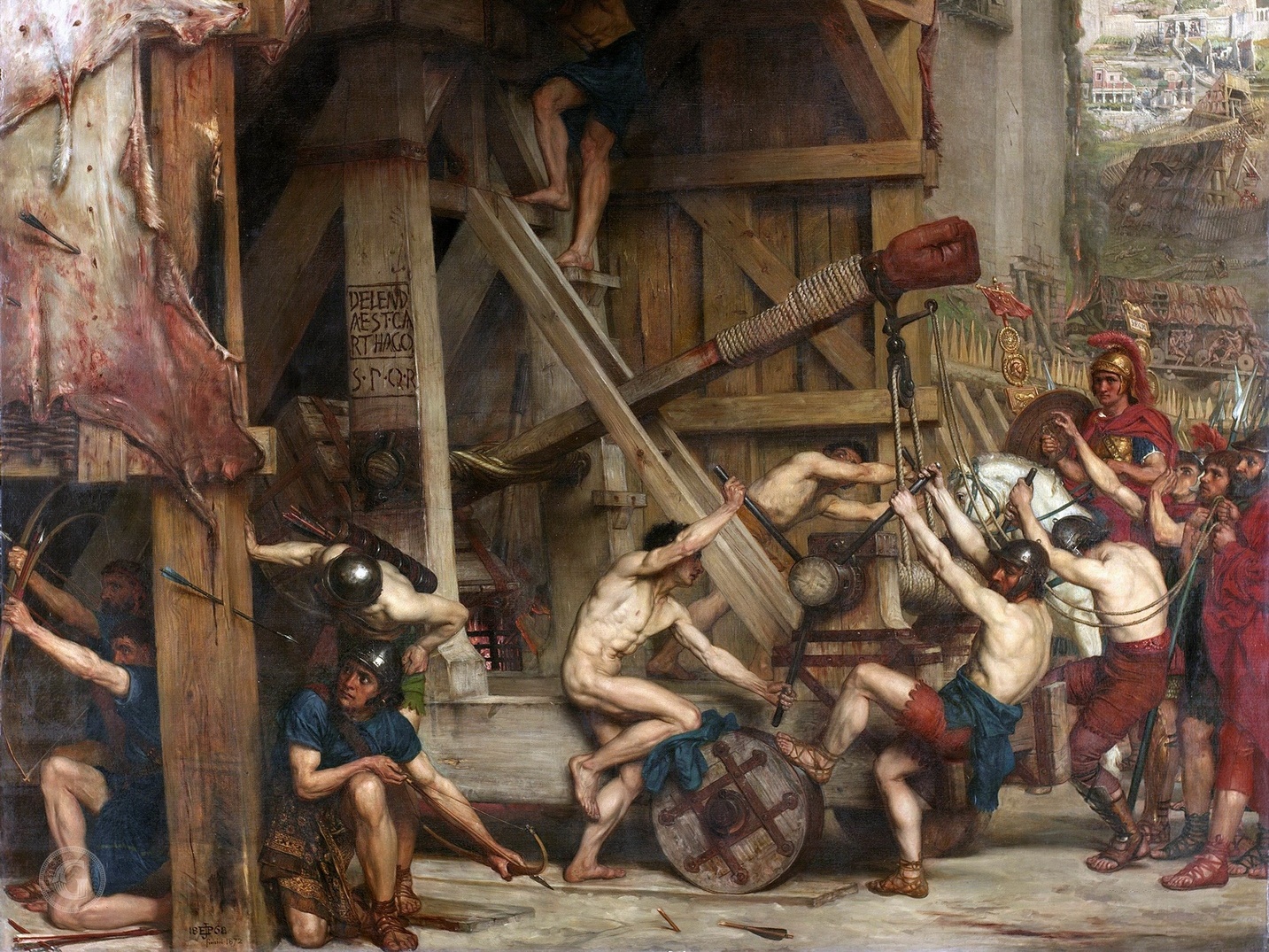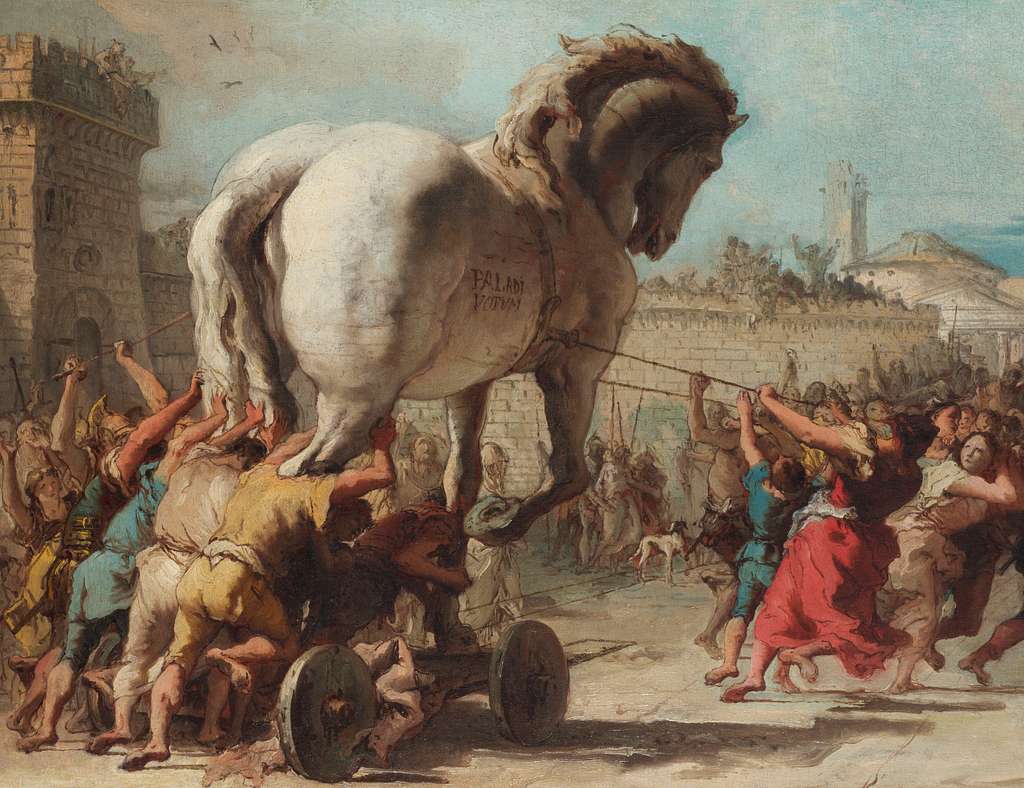
Throughout history, sieges have been a testament to the resilience, strategy, and endurance of both attackers and defenders. Cities and fortresses have become centers of some of the most exciting and unusual military endeavors.
The military cunning of invaders and unimaginable resilience of defenders not only became the stuff of history textbooks but also gave rise to plenty of myths and legends. From the ancient world to the Middle Ages and beyond, sieges defined the course of civilizations and played a key role in the ebb and flow of power.
The Siege of Ceuta, Longest Siege in History
The Siege of Ceuta, which lasted from 1694 to 1727, is considered the longest ever in recorded history. Instigated by Moroccan Sultan Ismail bin Sharif, the conflict was a long-running struggle for control of the fortified Spanish-held city on the North African coast.
In 1720, the siege stopped for only a few months but then resumed. Exhausted and weakened, Ceuta endured several more years of struggle until the death of Ismail Ibn Sharif in 1727 finally brought about relief. Following his death, his sons started a war for the throne, and the siege ended.
One of the most noticeable consequences of the siege was the Spanishization of the city, whose main language had long been Portuguese until the early eighteenth century.
Siege of Candia

Running a formidable twenty-one years, the Siege of Candia (now Heraklion, Crete) closely follows the extraordinarily protracted Siege of Ceuta. Amidst the backdrop of the Thirty Years’ War in Europe, the Cretan War unfolded, pitting Christian Venetian forces against the Ottoman Empire.
The strategic importance of Candia, a Greek city under Venetian rule, intensified as both sides recognized that dominance over the stronghold would wield significant influence in the Mediterranean.
Commencing in May 1648, the Ottomans executed a siege on Candia, employing trench-digging and cutting off the city’s water access. Struggling to maintain supplies and reinforcements, both Turks and Venetians faced challenges. After over two decades and a combined death toll surpassing a hundred thousand, the Siege of Candia concluded with the Venetians surrendering.
Crazy historical fact of the day. The siege of Candia lasted from 1648 to 1669, or a total of 21 years, it is the second-longest siege in history after the siege of Ceuta. #History #Venice #Ottomans https://t.co/Vuf7gGGOR4 pic.twitter.com/VJx4nWHy3C
— Michael Whitaker (@MJWhitaker81) July 9, 2023
Interestingly, historical records reveal a proposed but unrealized biological warfare attack by Venetian Intelligence Services. The plan involved infecting Ottoman soldiers with plague, utilizing a liquid derived from the spleens of plague victims. However, a recent study reveals that even though “the plan was perfectly organized, and the deadly mixture was ready to be used, the attack was ultimately never carried out.”
Battle of Veii
Veii, a prominent Etruscan city within the “Etruscan League,” situated just ten miles outside of Rome, often clashed with Roman authorities. Flourishing in terracotta production during the sixth century BC, Veii possessed robust defenses, including thick walls.
The pinnacle of Veii’s struggles occurred around 406 BC when Rome, led by the famous Roman general Marcus Furius Camillus, initiated a decisive attack. Engaged in prolonged conflicts with Rome, Veii endured a protracted siege akin to the legendary Trojan War. The assault, employing both frontal attacks and tunneling under walls, spanned close to a decade. In 396 BC, Camillus captured Veii and achieved victory.
The Roman historian Titus Livius described the scene during which the locals of Veii were entrenched in their city while the main Roman force was positioned just outside and a secondary force prepared to launch an internal attack through a tunnel. According to Livius, Camillus prayed to Apollo, promising to dedicate “a tenth of the spoils” of Veii to him.
Today, the ruins of Veii near Isola Farnese on Rome’s outskirts still bear witness to this historical siege.
Siege of Troy

Rooted in the elusive realm between history and myth, the Trojan War is a symbol of both the sublime and mysterious. Its roots are anchored in the tales woven by the ancient Greek poet Homer.
Initially dismissed as an elaborate Greek myth, the Trojan War gained historical credence when archaeologist Heinrich Schliemann unearthed the ruins of ancient Troy in the 1870s. The Aeneid, by Virgil, recounted the story, gaining a semblance of validation.
This legendary conflict, allegedly spanning a decade in the twelfth century BC, supposedly began with the abduction of Helen of Sparta by Prince Paris of Troy. This sparked Greek retaliation and a prolonged siege.
According to legends, the turning point was when Odysseus devised the Trojan Horse—an immense wooden structure concealing Greek soldiers. Purportedly offered as a gift, the horse was introduced within the walls of Troy, initiating a clandestine assault that ultimately ensured Greek triumph.
Despite the Homeric narrative’s blend of myth and history, the Trojan War’s authenticity still sparks debates. The war’s portrayal in works like the Iliad and Odyssey by Homer, along with later accounts by Virgil and Ovid, adds layers of complexity to its historical interpretation.
Battle of Carthage
Roman soldiers manning a siege engine for an attack on the walls of Carthage, during the siege which ended in the destruction of Carthage in 146 BC. [Poynter – 1868] pic.twitter.com/6UxrHJCB1h
— Oliver Cromwell ⬅️ NOT Roundhead, NOR Cavalier be (@wishbone80) January 20, 2021
The Siege of Carthage, lasting approximately from 149 to 146 BC, unfolded as a pivotal chapter in the enduring conflict between ancient Rome and the formidable Carthaginian Empire. The backdrop to this climactic event was the culmination of the Punic Wars, a protracted series of clashes spanning over a century.
The First Punic War, marked by Rome’s naval prowess and Carthage’s skilled seamanship, saw the latter’s downfall due to governmental neglect. In the subsequent Punic War, the legendary Carthaginian general, Hannibal, renowned for his strategic brilliance and the use of war elephants, faced ultimate defeat.
The Third and final Punic War, notably featuring the infamous Siege of Carthage, became a testament to Rome’s relentless pursuit of dominance. Lasting nearly three years, the siege concluded with the triumph of Scipio Aemilianus, Rome’s general at the time.
See all the latest news from Greece and the world at Greekreporter.com. Contact our newsroom to report an update or send your story, photos and videos. Follow GR on Google News and subscribe here to our daily email!



